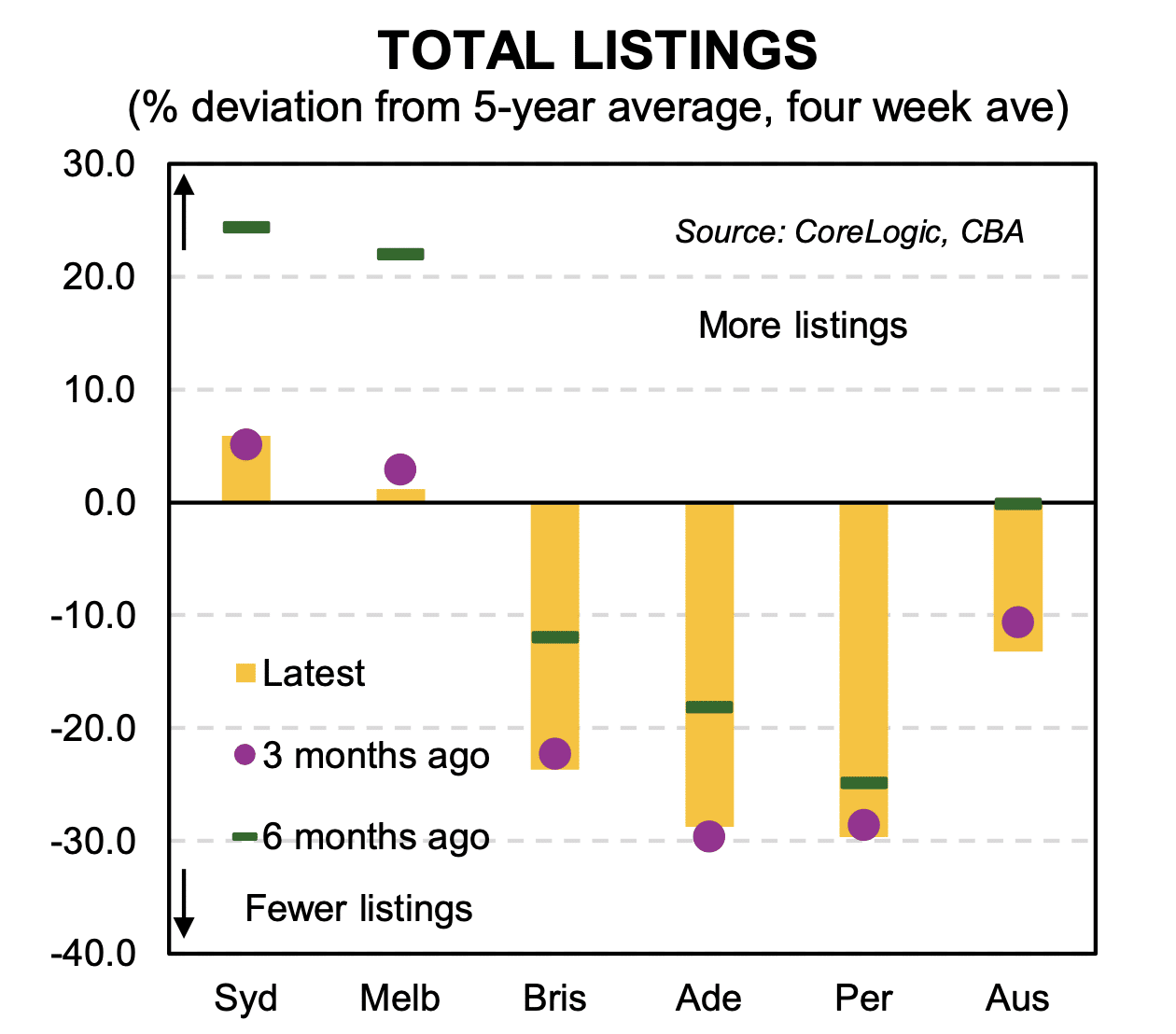“Private debt”, sometimes also referred to as “private credit” can be both confusing and intimidating. The private debt asset class is still relatively unknown and because of this it is understandable many people are still suspicious about privately-funded loans, especially when it comes to investing in them as an alternative investment option. The age-old saying “we fear what we do not know” rings true.
Underpinning this is the belief that only big banks and corporations can offer quality, secured loans, thereby fostering a series of misconceptions about private lending.
In our conversations with investors, we have identified four categories of common concerns – or myths – that investors have of private debt and which we believe is one of the key reasons why many would-be investors have been quick to dismiss this proven ‘all-weather’ asset class:
- quality of the borrower
- quality of the loan transaction
- credibility and risk management capability of the investment manager
- risk of private debt as an asset class
In this series ‘Demystifying Private Debt: Separating Fact from Fiction”, we aim to debunk these myths and provide clarity, drawing from our team’s combined experience in credit, property, private debt and investment management.
Quality of the borrower

Myth 1: Private debt is the last resort for desperate borrowers
If these borrowers are creditworthy, why would the major banks not fund them?
There has always been a supply/demand gap in the lending market although perhaps, it has become more prevalent in the decade following the Global Financial Crisis owing to:
- introduction of Basel II
- APRA initiated proposals to implement Basel III
- higher capital requirements for ADIs resulting in tighter lending capabilities
- Banking Royal Commission.
Taken together, this has resulted in much stricter capital requirements for the banks, leading to a narrowing of their lending parameters and reduction in their risk appetite – especially for commercial real estate debt (CRED) – to ensure they meet Regulators’ capital requirements.
The growing structural dislocation in the lending capacity and practices of traditional banks from these regulatory and compliance requirements has resulted in an inability for the banks to adequately provide best service to their clients. This does not mean that the transactions, or the borrowers, being turned away by the banks, are not A-grade quality; it is simply a reflection of the banks’ inability to meet demand.
This tightening by major banks has meant many quality, investment-grade borrowers are seeking alternative funding solutions as they offer considerably faster turnaround times, more flexibility, and bespoke solutions.
At Zagga, we pride ourselves on our ability to provide tailored solutions to meet the unique needs of each borrower and deliver a commercial, flexible, and responsive outcome, whilst always maintaining our rigorous and thorough assessment of the loan.
Click here to continue reading the second part of our ‘Demystifying Private Debt: Separating Fact from Fiction’ series, where we explore Myth 2.




